Bannon: Two Decades of Strategic Leadership in Retail Property

The retail property sector is inherently complex and demands a high degree of expertise and strategic foresight. Since its establishment in 2005, Bannon has played a central role in shaping the Irish retail landscape, with involvement in over 50% of the Republic of Ireland’s shopping centre stock. Over the past 20 years, the firm has successfully guided clients through a series of global and domestic challenges, economic cycles, geopolitical disruptions, and public health crises, while consistently delivering value through tailored leasing and development strategies.
At the heart of our approach is a commitment to putting clients first. Every decision, recommendation, and negotiation is driven by an understanding of our clients’ objectives and a focus on protecting and enhancing their assets.
Market Leadership and Portfolio Scale
Bannon is currently engaged in the leasing and management of more retail schemes than any other agency in Ireland. Our active portfolio spans over 60 retail assets, encompassing town centres, shopping centres, retail parks, and local developments. Notably, we serve as leasing agents on four of the five major M50 schemes, underscoring our market leadership and operational scale.
Our team has also been instrumental in introducing a diverse range of international retail brands to the Irish market, including:
- Zara
- H&M
- Hollister
- Mango
- Harvey Nichols
- Pull & Bear
- Flannels
- Mint Velvet
- Smiggle
- Hugo Boss
- Lush
- Pret A Manger
These strategic introductions have contributed to the evolution of Ireland’s retail offering and enhanced the competitiveness of our clients’ assets. We view every brand placement and leasing strategy as an opportunity to create long-term value for our clients.
Strategic Response to Economic Disruption
During the Global Financial Crisis of 2007, Bannon demonstrated our ability to support clients through prolonged market volatility. We maintained occupancy levels and renegotiated lease terms to protect asset performance during a challenging decade for the retail sector. Our client-first mindset ensured that owners and occupiers alike received the guidance they needed to weather the downturn.
The onset of Brexit in 2020 introduced further complexity, particularly in relation to logistics and supply chain costs. Through proactive engagement and strategic advice, we enabled clients to mitigate risk and implement solutions to safeguard asset value.
Adaptive Leadership During the COVID-19 Pandemic
The COVID-19 pandemic presented unprecedented challenges for both property owners and occupiers. We adopted a collaborative and solutions-oriented approach, facilitating the renegotiation and re-gearing of over 200 leases. This ensured continued occupancy, enhanced WAULT (Weighted Average Unexpired Lease Term), and sustained rental income, all critical factors in maintaining asset stability during a period of significant uncertainty.
Continued Support Amid Geopolitical Instability
The war in Ukraine has had a pronounced impact on inflation, supply chain dynamics, and labour costs, particularly within the retail sector. We continue to provide strategic advice to clients, helping them navigate these pressures and adapt to evolving market conditions. Our approach is grounded in a client-first ethos, ensuring that every recommendation is aligned with their long-term goals.
A Proven Partner for the Future
Over the past two decades, we have consistently demonstrated our ability to provide market insight and operational execution. Our track record reflects a commitment to excellence, and long-term client success. As new challenges emerge, we remain fully prepared to support clients with the same level of diligence and strategic clarity that has defined our approach since inception.

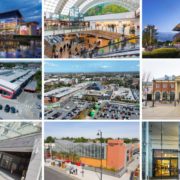










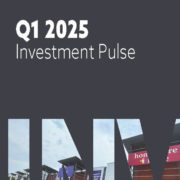

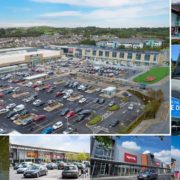









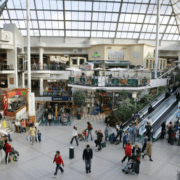


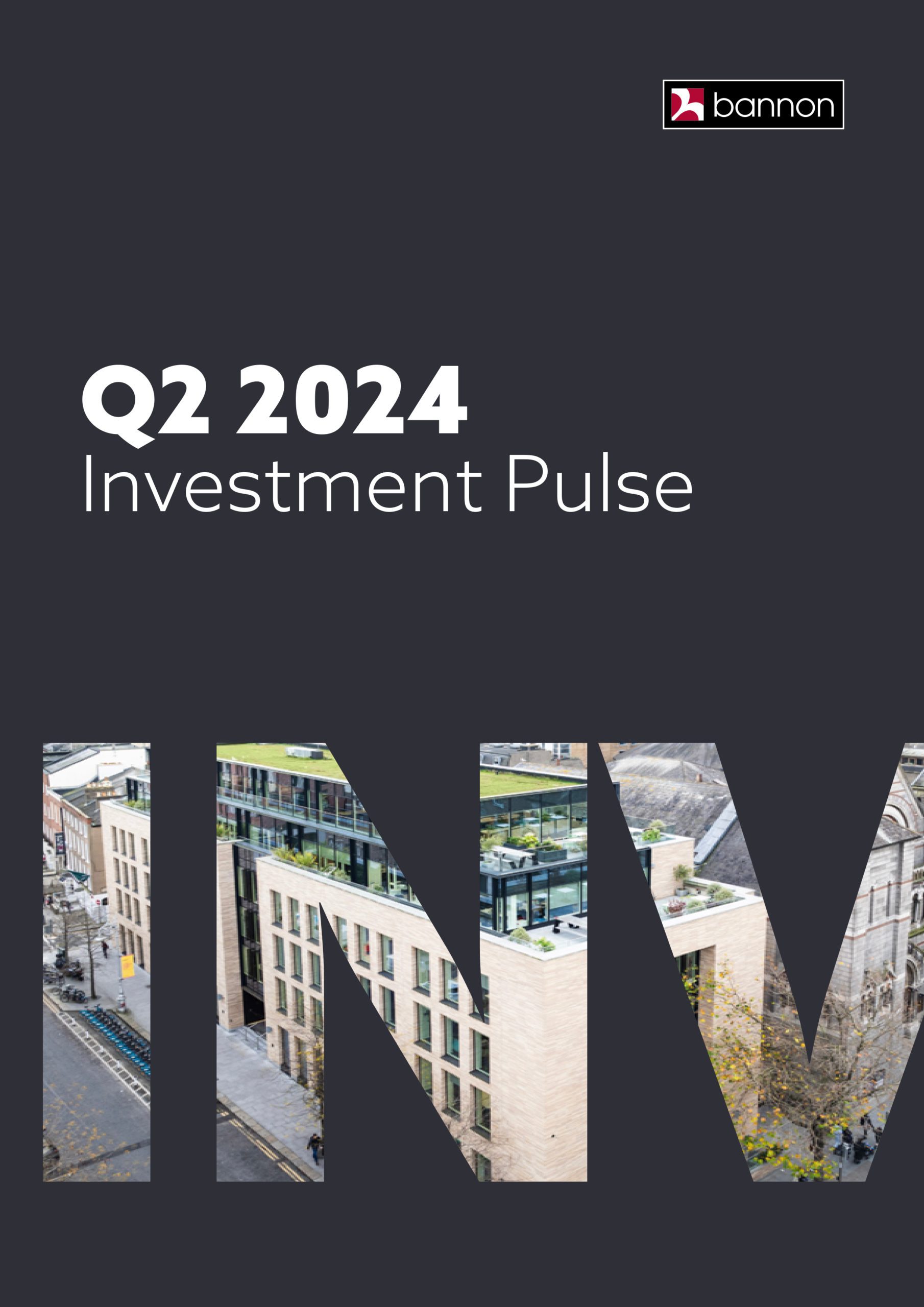

 A disappointing quarter but our Capital Markets director
A disappointing quarter but our Capital Markets director 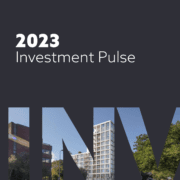
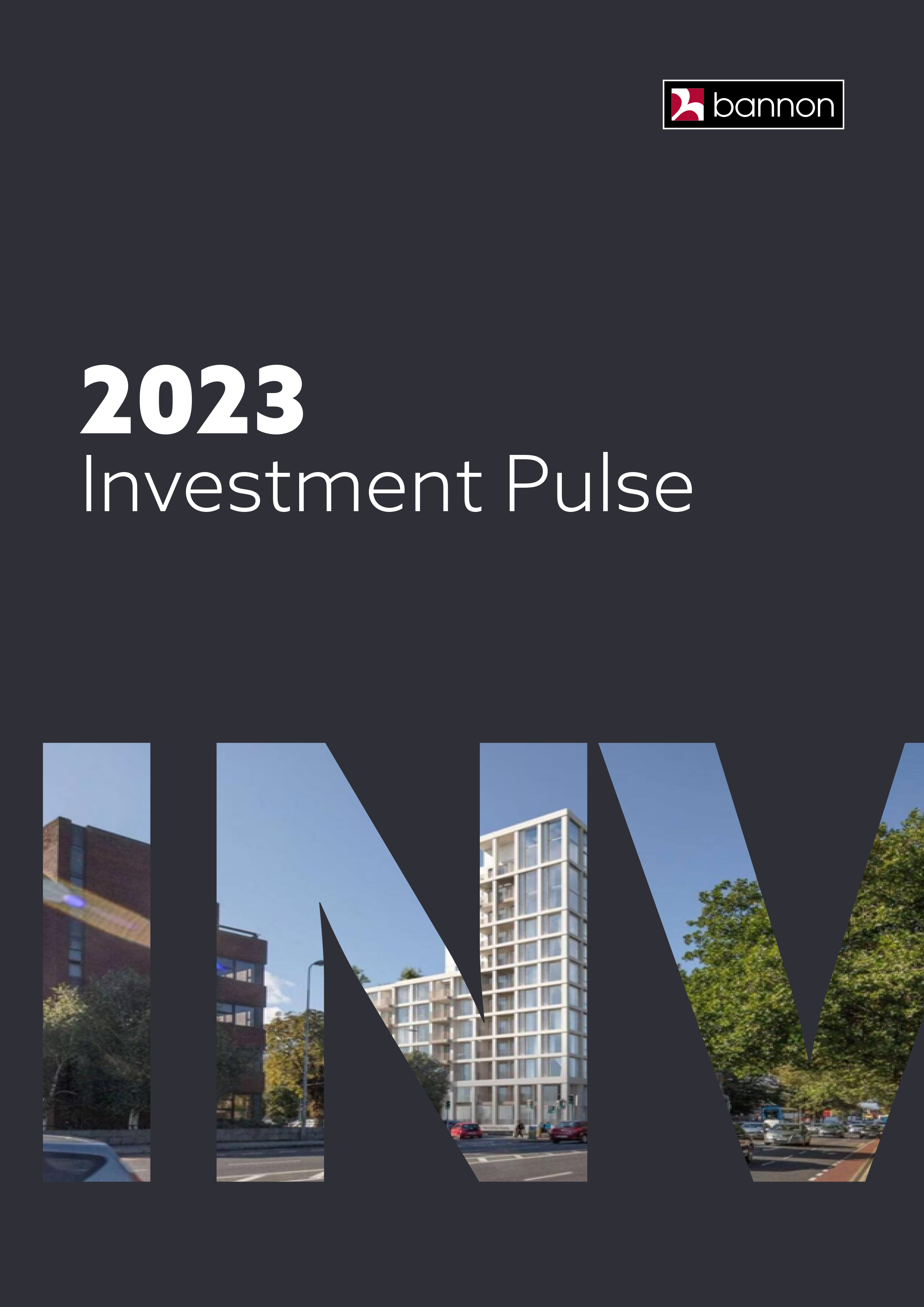 2023 was very much “annus horribilis” in terms of capital market’s activity. Concluding with a total turnover of €1.85 billion it represents the lowest level of activity since 2012. Clearly the pricing uncertainty brought about by the ending of the free money era, driven by a multitude of geopolitical and economic factors, has had the biggest effect.
2023 was very much “annus horribilis” in terms of capital market’s activity. Concluding with a total turnover of €1.85 billion it represents the lowest level of activity since 2012. Clearly the pricing uncertainty brought about by the ending of the free money era, driven by a multitude of geopolitical and economic factors, has had the biggest effect.


 There were two key takeaways from this quarter’s Capital Markets figures. First and foremost, for the first time in almost a decade there were no material PRS transactions. The second was that two purchasers, specifically Davys and French Fund Corum, accounted for almost 50% of the entire quarter’s market turnover with the acquisition of 10 separate assets.
There were two key takeaways from this quarter’s Capital Markets figures. First and foremost, for the first time in almost a decade there were no material PRS transactions. The second was that two purchasers, specifically Davys and French Fund Corum, accounted for almost 50% of the entire quarter’s market turnover with the acquisition of 10 separate assets.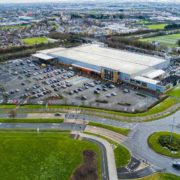
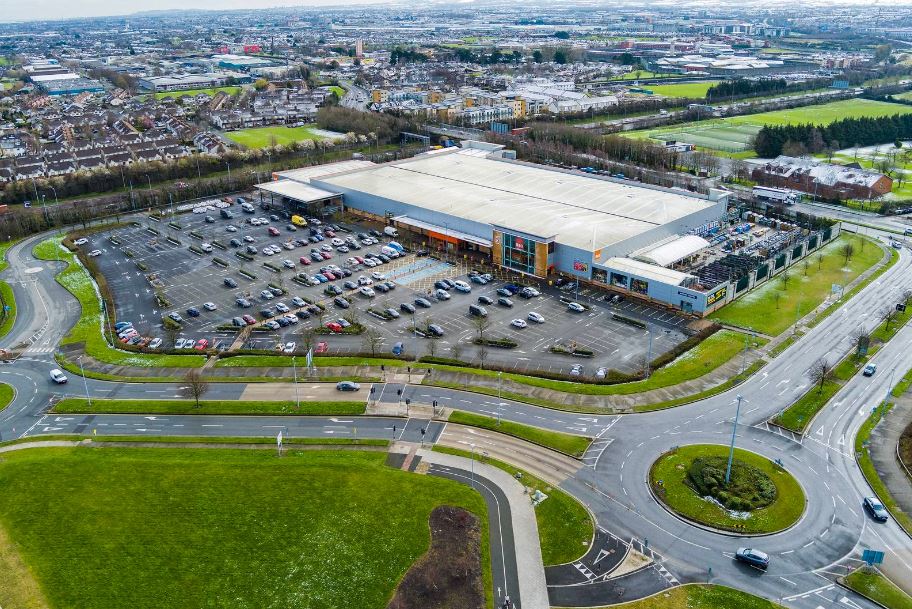
:quality(70)/cloudfront-eu-central-1.images.arcpublishing.com/irishtimes/RD72OWG6Z5BTFCE3SO7DUQKALI.jpg)





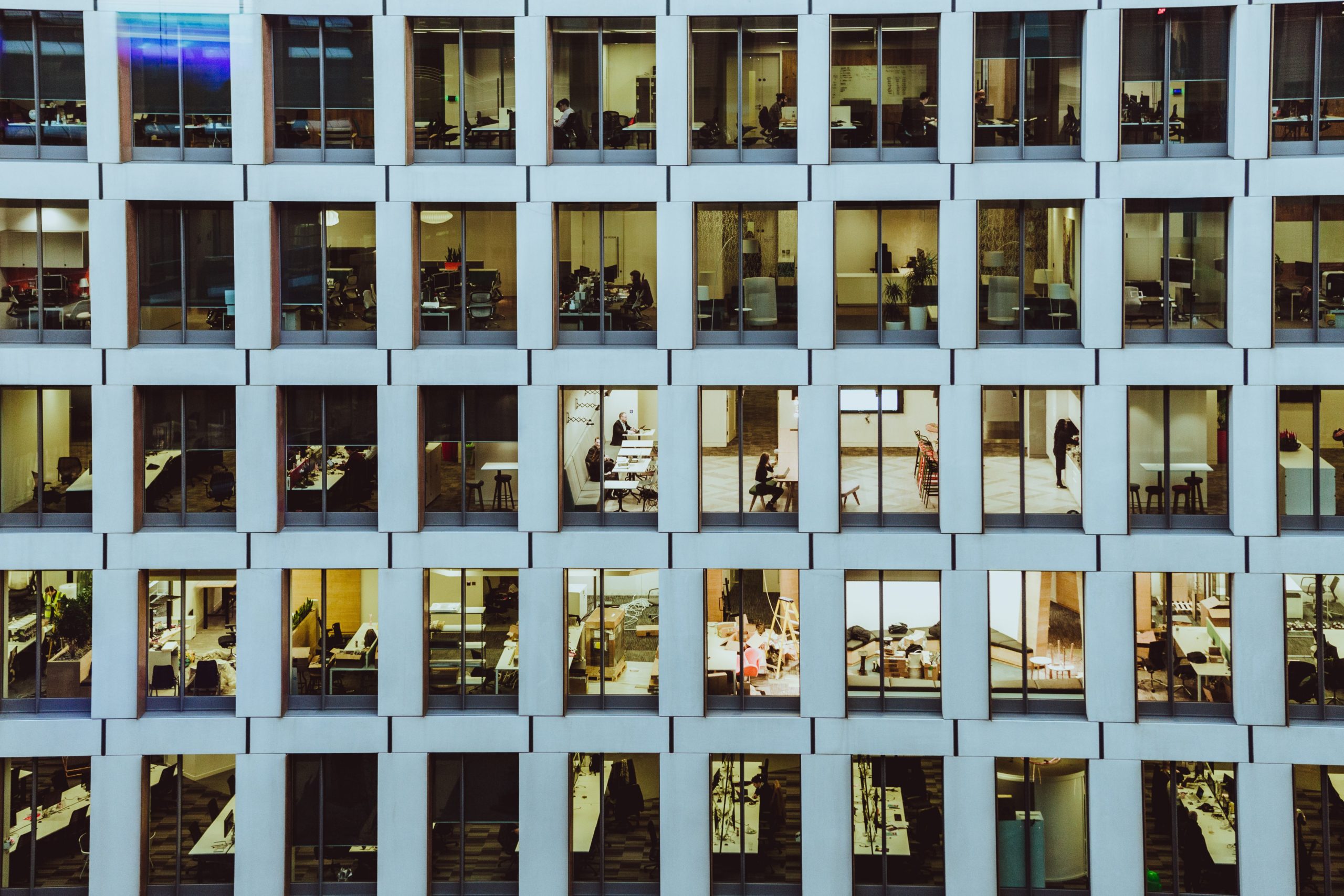
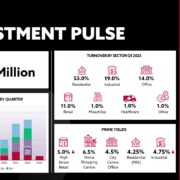


 For the property sector, while one of strongest capital market years on record (second only to 2019), 2022 will be best remembered as the “year of reckoning”. A year where a mixture of macro-economic and geopolitical issues combined to commence rebasing the market following almost a decade of effectively zero interest rates, low inflation, and expansive monetary policies.
For the property sector, while one of strongest capital market years on record (second only to 2019), 2022 will be best remembered as the “year of reckoning”. A year where a mixture of macro-economic and geopolitical issues combined to commence rebasing the market following almost a decade of effectively zero interest rates, low inflation, and expansive monetary policies.
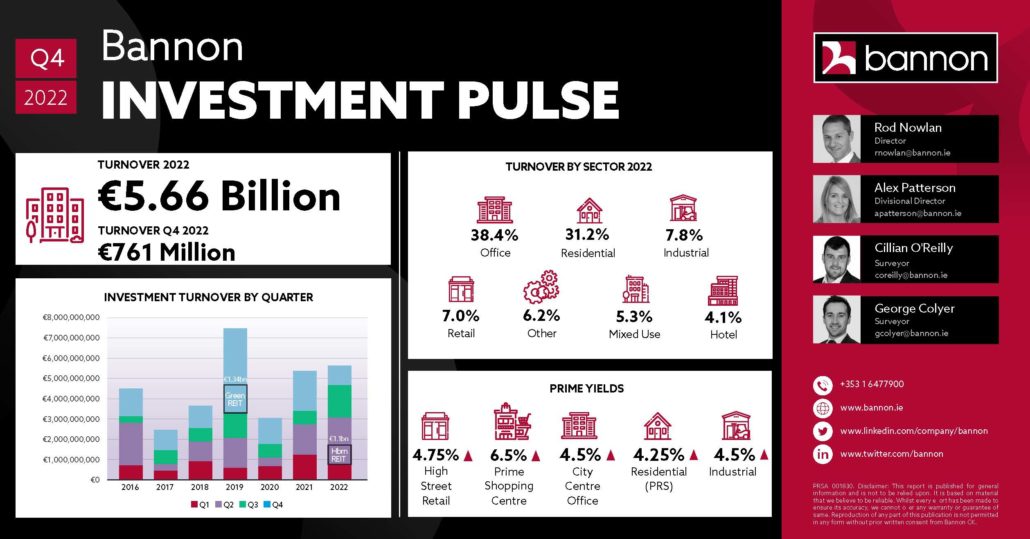


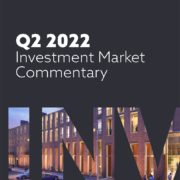
 The H1 Bannon capital markets report is out now and worth a read as Roderick Nowlan feels certain sectors are passing an inflection point….
The H1 Bannon capital markets report is out now and worth a read as Roderick Nowlan feels certain sectors are passing an inflection point….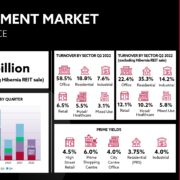


 While it is still too soon to quantify the impact of the geo-political and macroeconomic backdrop on the Irish commercial property market, based on the Q1 figures and advanced pipeline transactions we anticipate that 2022 will still become one of only three years to record a turnover in excess of €5bn.
While it is still too soon to quantify the impact of the geo-political and macroeconomic backdrop on the Irish commercial property market, based on the Q1 figures and advanced pipeline transactions we anticipate that 2022 will still become one of only three years to record a turnover in excess of €5bn.


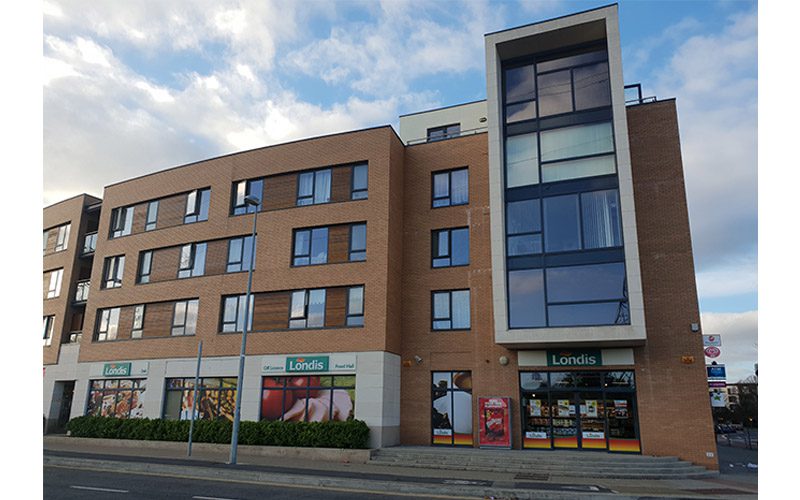

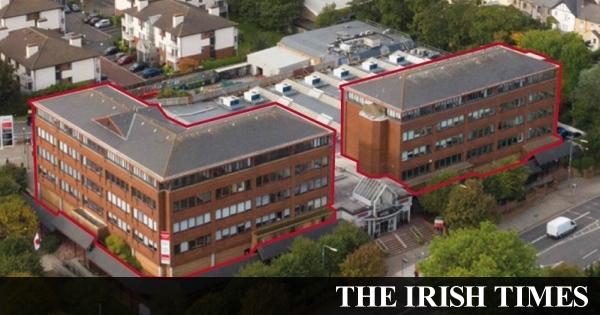

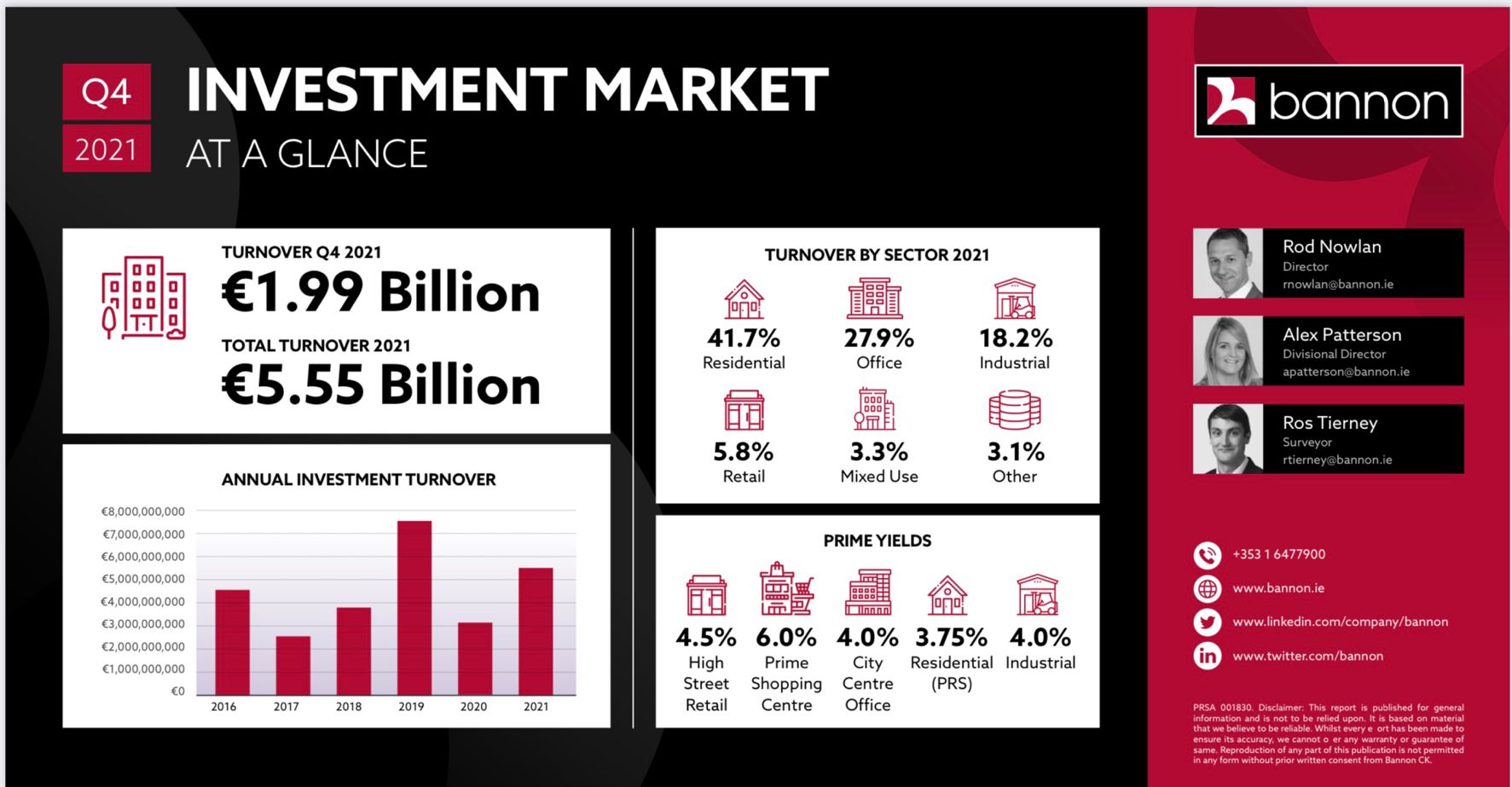





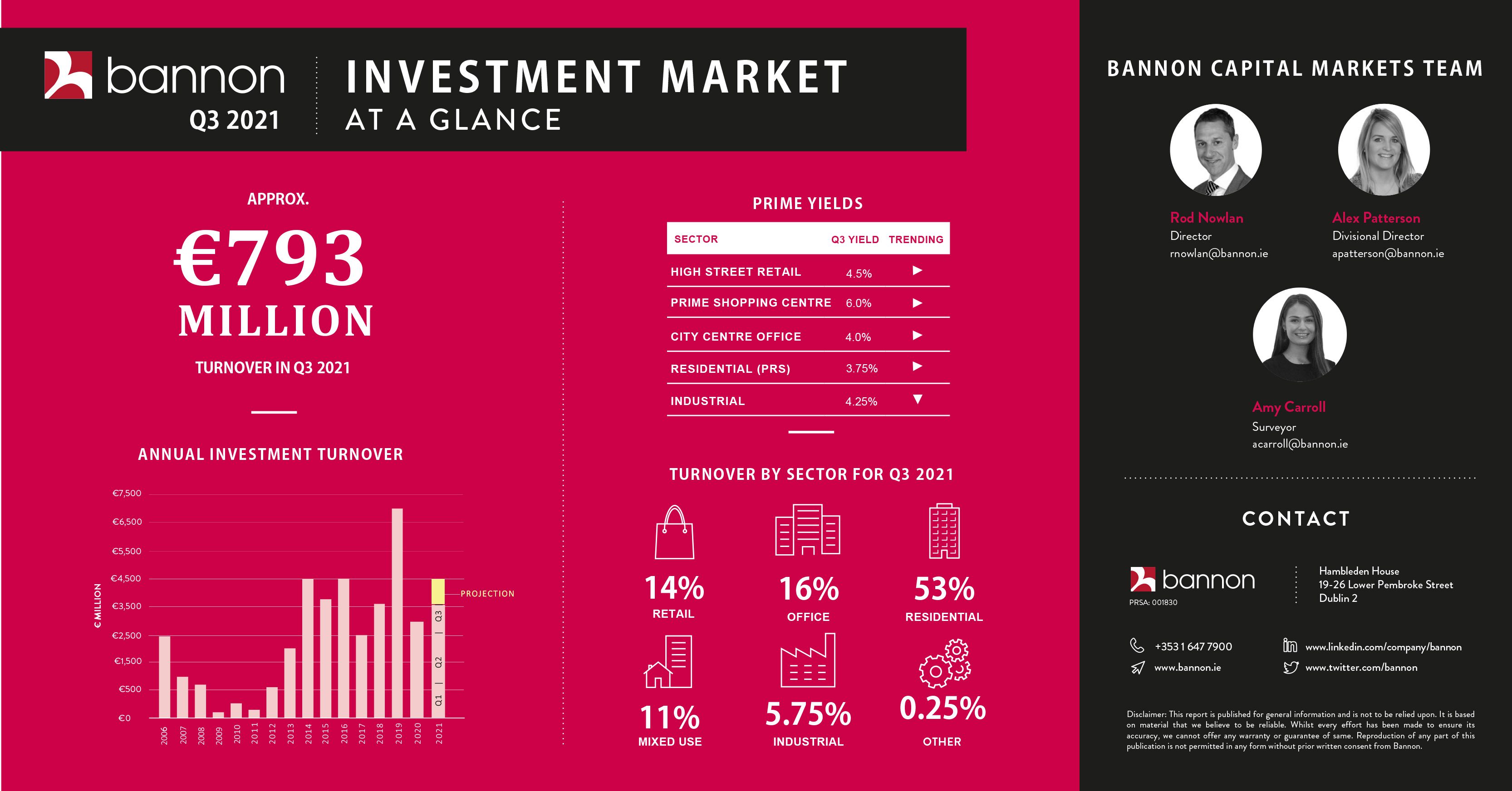










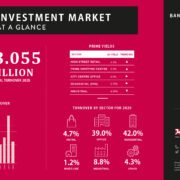
 Last minute residential deal tips market over €3bn.
Last minute residential deal tips market over €3bn.




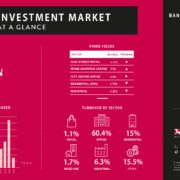


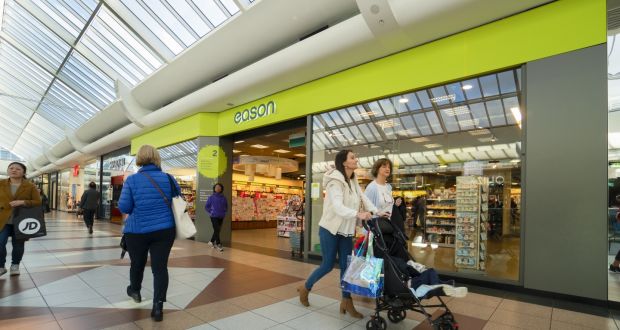 One of only a handful of independently-owned retail units at the highly successful Blanchardstown Centre has been brought to the market by agent Bannon at a guide price of €16 million.
One of only a handful of independently-owned retail units at the highly successful Blanchardstown Centre has been brought to the market by agent Bannon at a guide price of €16 million.
 Real estate investor Mel Sutcliffe of Quanta Capital has acquired No 10 St Stephen’s Green for around €4 million. Located immediately adjacent to the historic Hibernian Club and dating from the 19th century, the high-profile Georgian building extends to 465 sq.m (5,000 sq.ft) over four floors and was formerly the home, in part, to the Il Posto Italian restaurant which ceased trading in 2018 after more than 20 years in business. Separately, the ground and upper floors had been operating as a licensed premises since 2014 but these were vacated prior to the sale.
Real estate investor Mel Sutcliffe of Quanta Capital has acquired No 10 St Stephen’s Green for around €4 million. Located immediately adjacent to the historic Hibernian Club and dating from the 19th century, the high-profile Georgian building extends to 465 sq.m (5,000 sq.ft) over four floors and was formerly the home, in part, to the Il Posto Italian restaurant which ceased trading in 2018 after more than 20 years in business. Separately, the ground and upper floors had been operating as a licensed premises since 2014 but these were vacated prior to the sale.



